Rocket Lab’s Moon God Awakens mission successfully launched
13th Dec 2023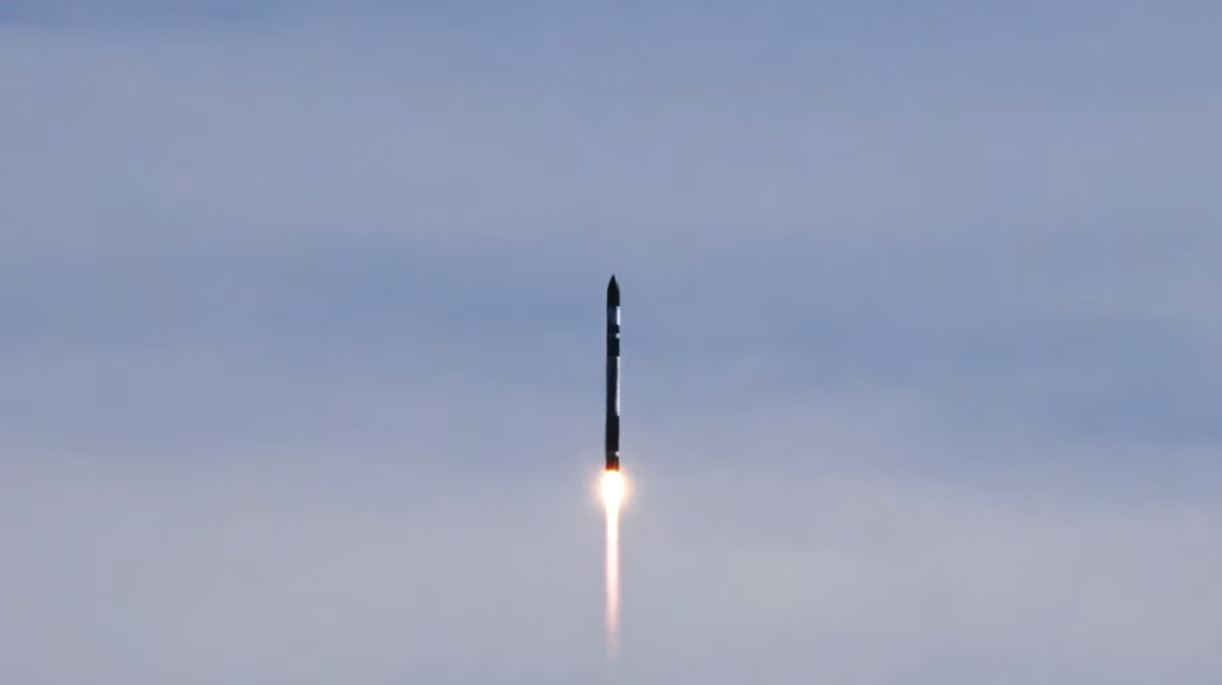
Rocket Lab plans to deploy the TSUKUYOMI-I synthetic aperture radar (SAR) satellite for the Japanese Earth imaging company iQPS. The targeted launch period starts 15th December, UTC, with a two-hour daily window. The mission has been dubbed The Moon God Awakens.
Updated: Rocket Lab launches a Japanese satellite
Rocket Lab launched its Electron rocket on 15 December at approximately 1705 NZDT (0405 UTC or 11:05 p.m. EST). The Electron rocket successfully carried out the The Moon God Awakens mission from Rocket Lab Launch Complex 1, Pad B in New Zealand’s Mahia Peninsula.
Rocket Lab effectively placed the TSUKUYOMI-I satellite into orbit for the Japanese startup Institute for Q-shu Pioneers of Space Inc. The statement was released by Rocket Lab over two hours post-launch. The synthetic-aperture radar satellite, bearing the name of a Japanese moon god, is designed to capture images of Earth, according to Rocket Lab.
This accomplishment marks Rocket Lab’s 10th mission for 2023, surpassing its annual record of nine missions set in 2022.
The Moon God Awakens mission’s purpose
The Moon God Awakens mission will take off from Pad B at Launch Complex 1 in Mahia, New Zealand, carrying a solitary satellite for the Institute for Q-shu Pioneers of Space, Inc. (iQPS).
Named after the Japanese God of the Moon, the QPSSAR- 5 satellite is also known as TSUKUYOMI-I. It is a synthetic-aperture radar satellite designed to capture high-resolution Earth images.
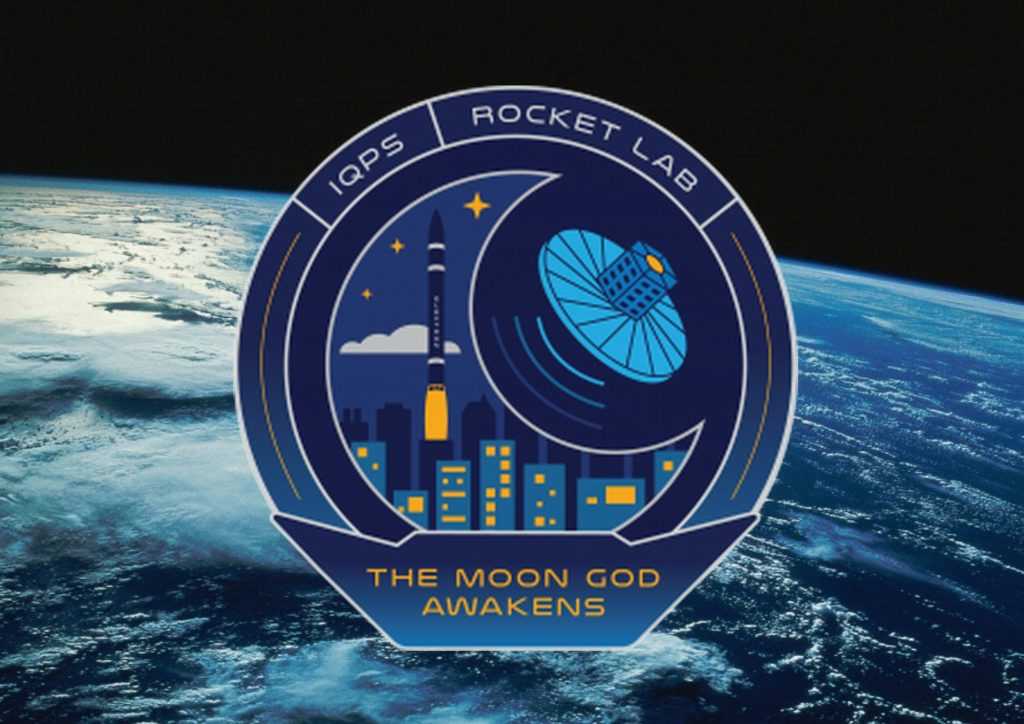
Rocket Lab’s 10th launch this year
This upcoming mission will mark Rocket Lab’s 10th launch in 2023, surpassing its previous annual record of nine launches. Additionally, The Moon God Awakens will be the 42nd Electron launch for Rocket Lab overall.
Satellite constellation
The TSUKUYOMI-I satellite will join an existing iQPS satellite in orbit. It will contribute to the formation of a 36-satellite constellation with the capability to observe designated points on Earth every 10 minutes.
Why Launch complex 1
Launch Complex 1, with its FAA license, offers up to 120 launch opportunities annually. It enables access to orbital inclinations ranging from Sun-Synchronous Orbit (SSO) to 30 degrees, catering to a diverse range of inclinations and supporting the missions of the satellite industry to low Earth orbit.
Situated within Launch Complex 1, Rocket Lab’s facilities include private range control centers, dual 100K satellite cleanrooms, a launch vehicle assembly facility capable of processing multiple Electrons simultaneously, and administrative offices. By managing a private orbital launch site along with in-house range and mission control centers, Rocket Lab efficiently minimizes overhead costs per mission, providing a cost-effective launch service for satellite operators.
Wallops Island facility
Complementing Launch Complex 1, Rocket Lab manages another launch site. Launch Complex 2 is situated at the Mid-Atlantic Regional Spaceport within NASA’s Wallops Flight Facility on Virginia’s Eastern Shore. With the capacity to support up to 12 missions annually, the dual-launch complex strategy ensures Rocket Lab delivers flexible and responsive launch opportunities for its customers.
How to watch the launch of TSUKUYOMI-I online?
Watch the live webcast of the launch of TSUKUYOMI-I starting from T-30 minutes on launch day at this link.
Also, you can watch the live stream of the Rocket Lab’s launch on YouTube:
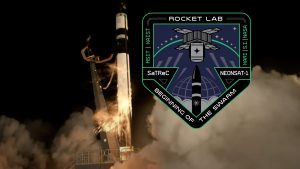


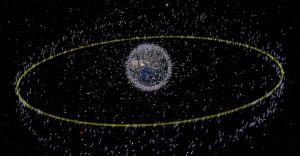
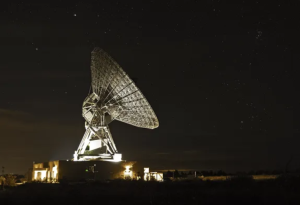

Thank you for your comment! It will be visible on the site after moderation.